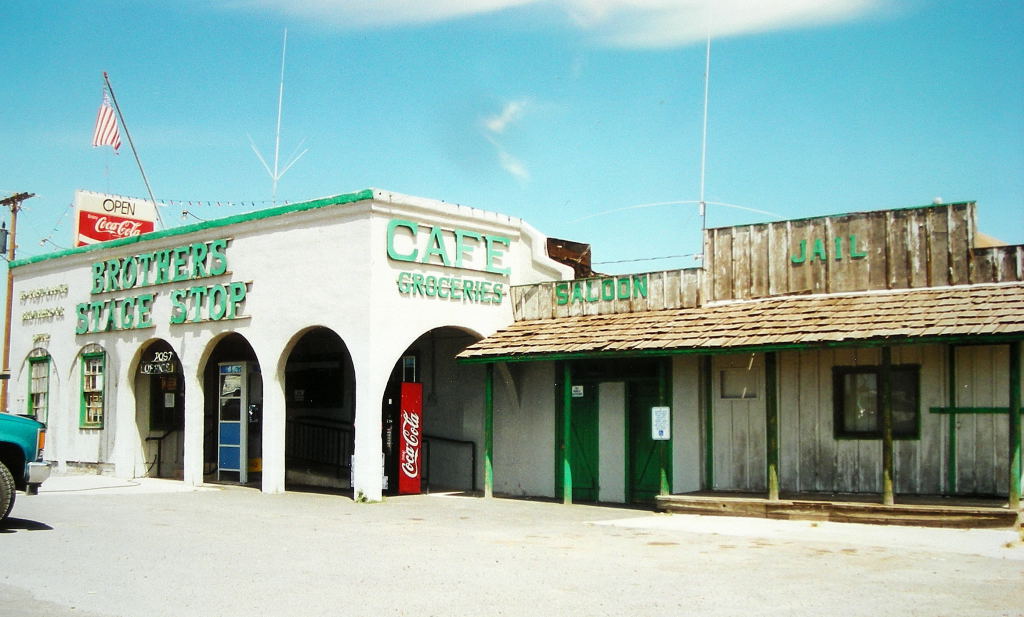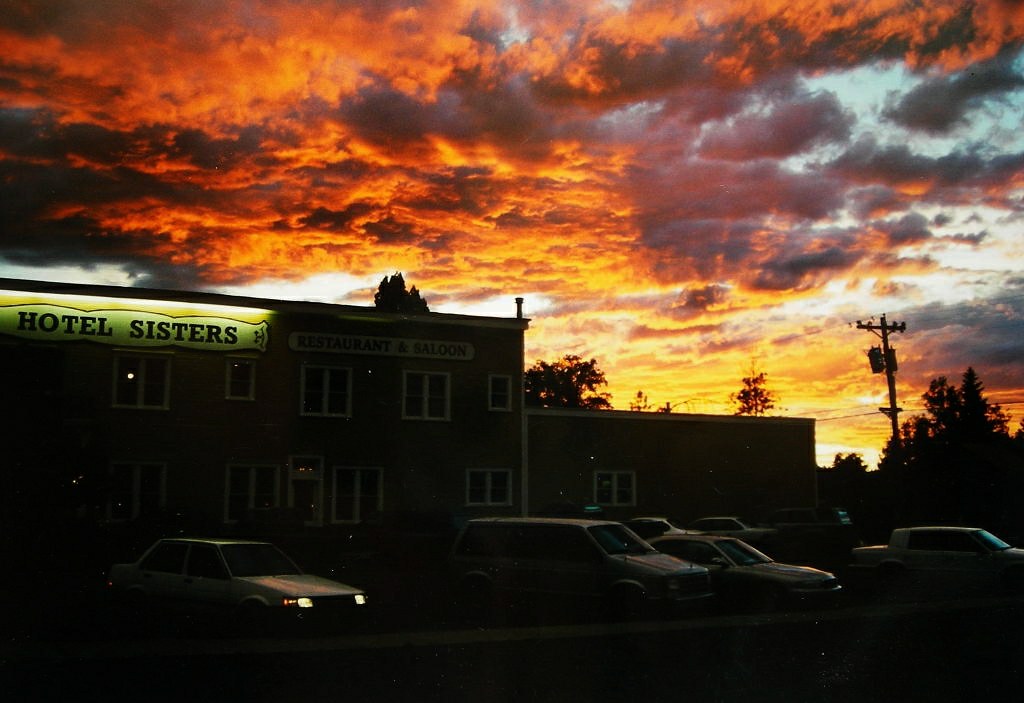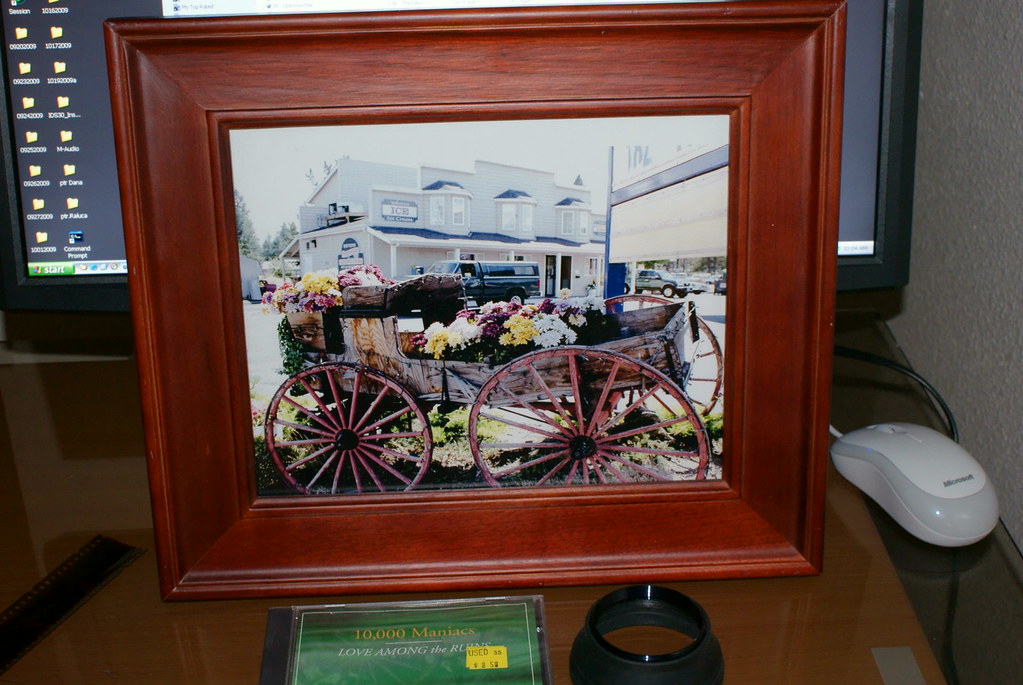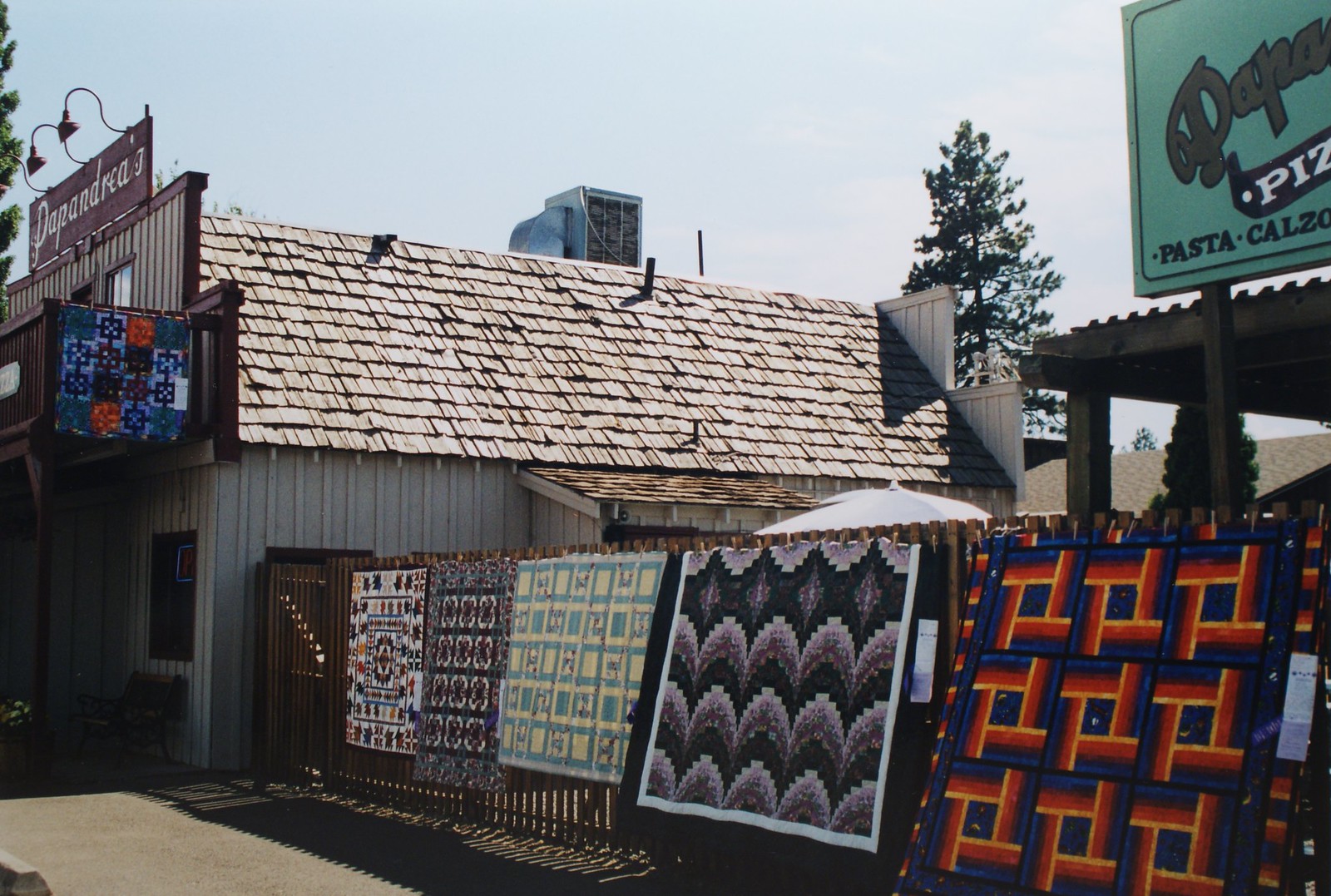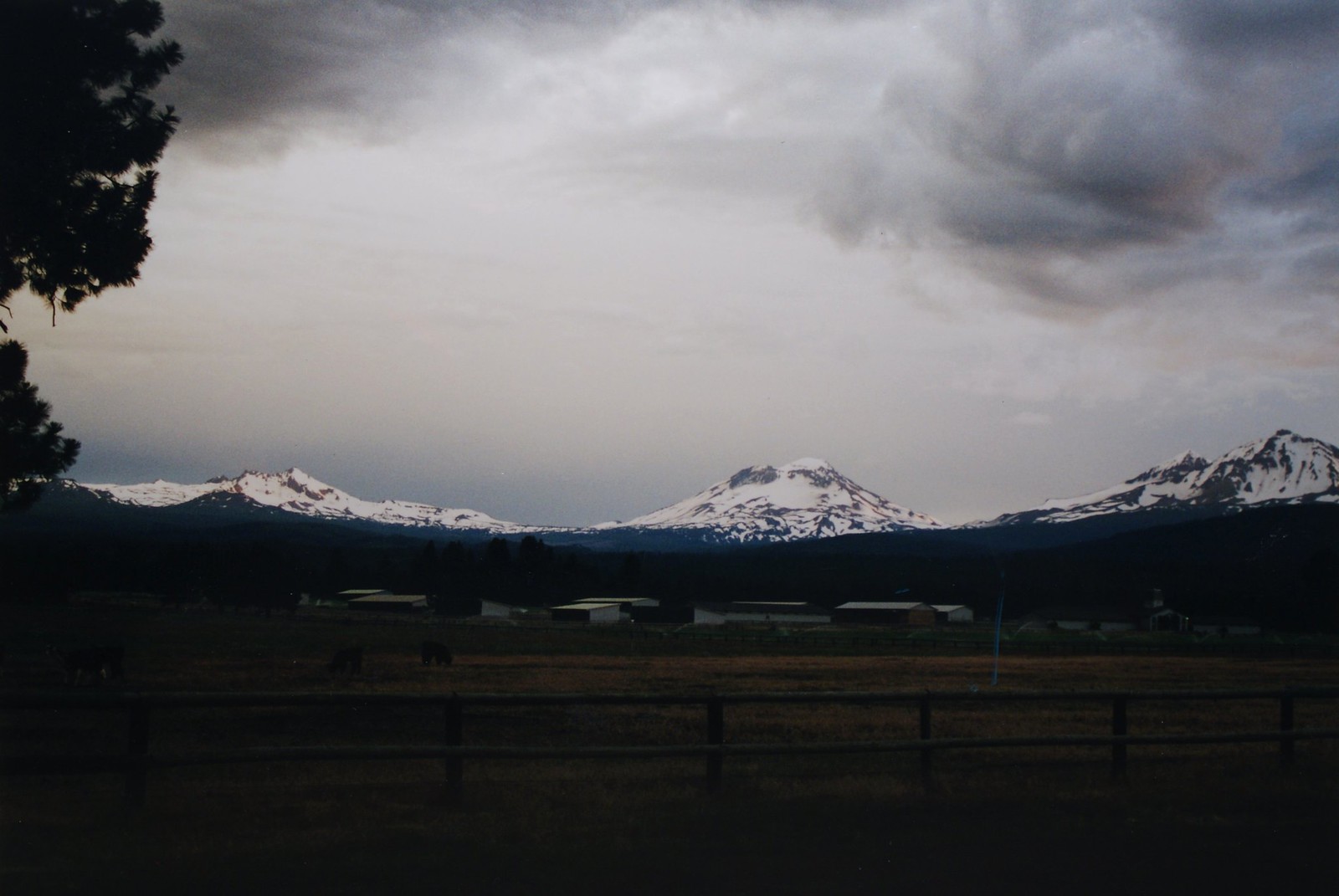Din momentul în care am aflat de Small Claims Court în SUA în mintea mea a început o mare nelămurire cu privire la sistemul de justiție american și modul în care se fac plângeri.
Ce este Small Claims Court. Pe lângă sau în cadrul a ceea ce în România sunt judecătoriile, curțile de cel mai de bază nivel în SUA adică cele municipale (Municipal Courts) și cele de comitate (District Courts) există așa numitele curți de plângeri mărunte. În materii civile oricine poate, atenție, fără avocat, să completeze un formular și să inițieze o acțiune juridică civilă pentru a-și recupera o pagubă, dacă acea pagubă nu depășește o anumită sumă.
În Oregon despăgubirea cerută în acele instanțe nu poate să depășească 10000 de dolari iar cheltuiala de judecată este de 90 de dolari + onorariul de servire plătit de obicei către șerif. (Asta dacă nu vrei să mergi tu să "servești" citația (subpoena) către partea pârâtă, după ce ai depus plângerea, când nu te costă nimic, dacă ai timp și cum să ajungi acolo).
Eu am folosit sistemul o singură dată când am intrat într-un contract de 700 de dolari pe 2 ani la o sală de gimnastică fără să-mi dau seama. Pentru mine 700 de dolari e o sumă importantă. Deci am mers la curtea de plângeri mărunte de pe lângă Curtea din comitatul Washington din Oregon, am plătit în total vreo 90 de dolari ceea ce includea servitul, nu am ajuns să servesc citația, deci nu știu cum se face, am plătit la șerif.
La scurt timp după, m-au sunat cei de la Bally, proprietarii sălii și au oferit să renunțe la contract dacă renunț la plângere ceea ce am și făcut. Nu mai știu dacă i-am pus să plătească cheltuielile de judecată, așa ar fi fost normal, poate așa a fost și am scăpat de contract. După aceea am aflat și trucul. Bally sau orice firmă mare trebuie să plătească unui avocat local o sumă de zece ori mai mare decât ce am cerut eu doar ca să-i reprezinte. Sau să-și deplaseze un avocat, avion, cazare, diurnă, pe care trebuie să-l ia poate de la un caz important de milioane de dolari așa că probabil până la o anumită sumă oricine dă în judecată o corporație poate să câștige prin aranjament în afara curții înainte de data stabilită de proces.
Aceste curți de plângeri mărunte nu sunt însă cu nimic diferite, ca sistem de justiție, de curțile normale. Poți să aduci chiar și martori, tot așa, când mergi la curte să depui plângerea poți să ceri și o citație pentru martori sau eliberare de informații. La data de când ai proces, mergi în sala de judecată, explici judecătorului problema, vine și pârâtul, cu sau fără avocat, explică și el, (dar dacă e corporație nu poate fi decât un avocat, etc..)
Deși sunt considerate plângeri mărunte, Small Claims ca principiu nu diferă de curțile obișnuite. În unele state din SUA chiar poți să duci un caz în fața unui juriu pentru o plângere măruntă, deși în majoritatea cazurilor problema se rezolvă ca o discuție între judecător și părți. Taxa de judecată de exemplu pentru un proces cu 6 jurați în Oregon este de 236 de dolari pe zi.
Curțile de nivel cel mai de jos în SUA sunt curțile municipale unde se judecă plângeri mărunte, amenzile din trafic (orice amendă de trafic este de fapt o citație, pe care o poți plăti înainte de termen sau te prezinți, vine și polițistul, explici judecătorului) etc.. Pentru o plângere de peste 15000 de dolari trebuie să mergi la o curte la nivel de comitat, ceea ce este echivalent cu județ sau sector în România.
Deci la o plângere pentru sume mai mari îți trebuie avocat. Care avocat în SUA costă începând de la 150 de dolari/oră pentru debutanți. Avocatul va depune pentru tine plângerea împreună cu taxa de depunere.
Ce idee vreau să desprind din toate acestea. Plângerile civile și penale se judecă în curți. Însă o persoană obișnuită nu poate în general să facă o plângere penală.
Dacă o persoană a fost vătămată din punct de vedere fizic sau material trebuie să facă o reclamație la poliție. De obicei prin sistemul de apelare de urgențe. Dar poți să mergi și la sediul poliției să vorbești cu un agent. Care de obicei nu stă acolo, este un telefon, îl ridici, vorbești cu un dispecer care cheamă un agent. Nu există formulare de reclamații în scris. Agentul își notează, scrie un raport care poate ajunge sau nu în fața District Attorney. DA este echivalentul procurorului din România. Este de fapt un avocat (attorney = lawyer, avocat) care reprezintă orașul în care este acea curte municipală. Sau statul sau federația mă rog în funcție de jurisdicție.
Am căutat de multe ori și am renunțat dar am găsit astăzi. Iată un formular de plângere penală din SUA, am găsit doar pentru curți de comitate. Nu știu dacă există și pentru curți municipale, etc.. Voi mai căuta pentru că am o listă lungă de plângeri în mintea mea. Cam una pe zi, dar în ultimul timp s-au înmulțit. Dar pe formular scrie. United States vs. defendant. Deci cum poți să scrii acolo numele tău și să semnezi în numele Statelor Unite? Acolo își pot pune numele și semna doar District Attorneys. Așa pare.
Ideea este că orice plângere, penală sau civilă se face în fața unei curți. Nu cred că justiția în România să fie diferită. La poliție sau la procuratură poți face o reclamație iar procuratura, care de fapt sunt avocați de partea statului, în urma unui raport al poliției, care investighează plângerea ta, depun plângerea respectivă DACĂ ei constată că s-a comis o faptă penală adică împotriva statului.
Căci fapta penală nu este numai împotriva ta ci împotriva statului deși tu ești victima directă. Procurorii sunt niște avocați ai statului, nimic mai mult. Ei nu sunt interesați în mod direct să obțină despăgubiri pentru victimă, ci doar de pedepsirea făptuitorului.
Pe de altă parte tu ca victimă nu poți să ceri direct unui judecător ca făptuitorul să fie pedepsit cu închisoarea ci numai despăgubiri bănești. Pentru că nu poți fi avocatul statului sau procuror. Dar dacă mergi în fața unui judecător și ceri despăgubire civilă pentru o faptă penală, poate judecătorul să ignore aceasta și să nu administreze pedeapsa penală?
Wednesday, September 12, 2018
Tuesday, September 11, 2018
România, spectatoare
Ori de câte ori am adus dovezi suficiente despre impostura unei persoane publice, aceasta a dispărut din ochiul public, câteodată pentru totdeauna. Când dovezile au fost insuficiente ei s-au întors și au continuat să-și desfășoare nestingherit activitatea. În această postare de blog mă voi concentra numai pe cântăreți.
Angela Similea - Ágnes Agi Bánfalvy
Irina Loghin - Patsy Cline. Patsy Cline a murit la 5 martie 1963 într-un accident de avion la 31 de ani.


Ion Dolănescu - Dan McCafferty
Mihai Constantinescu - Sonny Bono



Anda Călugăreanu - Cindy Lauper
Corina Chiriac - Tennille Toni, Horia Moculescu, Daryl "Captain" Dragon
Mihaela Runceanu - Ann Wilson
Loredana Groza - Cicciolina
Alexandra Ungureanu - Shania Twain
Laura Stoica - Debbi Peterson
Nicu Alifantis - Arlo Guthrie


Andreea Bălan - Faith Hill
Va continua Nu va mai continua pentru că postarea a devenit prea lungă pentru a mai putea adăuga ceva. Câți mai sunt. Probabil majoritatea, dacă nu toți. Dar ăștia mai noi sunt foarte greu de găsit pentru că unii sunt celebri în România și necunoscuți în altă parte sau noi etc..
Angela Similea - Ágnes Agi Bánfalvy
Irina Loghin - Patsy Cline. Patsy Cline a murit la 5 martie 1963 într-un accident de avion la 31 de ani.


Ion Dolănescu - Dan McCafferty
Mihai Constantinescu - Sonny Bono



Anda Călugăreanu - Cindy Lauper
Corina Chiriac - Tennille Toni, Horia Moculescu, Daryl "Captain" Dragon
Mihaela Runceanu - Ann Wilson
Loredana Groza - Cicciolina
Alexandra Ungureanu - Shania Twain
Laura Stoica - Debbi Peterson
Nicu Alifantis - Arlo Guthrie


Andreea Bălan - Faith Hill
Saturday, September 8, 2018
World Trade Center Failure Analysis
(Re-edited several times, for syntax errors, clarity, broken links.)
This post contains images with emotional impact.
A new video about WTC popped on youtube which prompted me to write this blog post because i suspect the number of casualties by dust, unreported to this day, where many times more than those who died in the towers.
04/09/2019 Video is gone, can't find quickly a similar one without the offensive music. Here are some pictures showing the scale of the disaster brought by dust. I don't believe people could really survive in that dust for more than a few seconds.

Before WTC designed by architect Minoru Yamasaki and after, all high rise steel constructions were done in the "classic" fashion with structural vertical and horizontal rolled steel beams with cross reinforcement joints and numerous interior walls. As the looks suggests, this type of design is solid and can't be easily damaged.
WTC structure was made only of two so called tubular frames or cages, using about half the steel the old design uses. Outer frame was made of prefab panels that were actually made of three vertical, square section, rolled steel beams (2nd image below) welded together with other three huge pieces of sheet metal. This image, like many others, is tricky cause it suggests the building in the distance was built in a similar way. It only appears so because of its shape, no other building has ever been designed in this way.
The prefab panels themselves seem to be inspired from a Buddhist architecture ornament called Torana. (Torre means tower in Spanish and Italian, and toro means bull with two horns of course).

Panels were put together in a new, revolutionary, also unique design: An outer tubular frame made of prefab inter-positioned panels (outer cage) and an inner core of "classical design" (inner cage), though only for elevator and shafts, with vast floors in between that were connecting and preventing the inner and outer cage to sway or buckle (bend) in or out.


Outer frame panels are connected together with four bolts at the end of each rolled steel square tube.
This type of joint would take a lot of vertical compression, as much as allowed by the rolled steel maximum compression load, some horizontal or side compression, limited by the bolts, (which have a cross section far less than of the cross section of the rolled steel) and could take almost no bucling (bending in and out of the cage wall) because of the prying effect on the bolts at the joint level.
Buckling and shear of the outer cage was was dealt with by inter-positioning of the of the panels and by floor trusses between inner and outer frame (cage) which allowed the construction to stay vertically.
About half of the weight of the floors was supported by a single shell or the outer cage with lack of redundancy. When that frame failed, there was nothing else to prevent the whole building from collapsing.
Ultimately, lack of inner walls and vastness of the floors due to unique design contributed to spreading of fuel and fire almost instantly to an entire half of the building (on several floors), when the floor expanded, heated by fire, and because of the length, the expansion was in the range of several feet.
This post contains images with emotional impact.
A new video about WTC popped on youtube which prompted me to write this blog post because i suspect the number of casualties by dust, unreported to this day, where many times more than those who died in the towers.
04/09/2019 Video is gone, can't find quickly a similar one without the offensive music. Here are some pictures showing the scale of the disaster brought by dust. I don't believe people could really survive in that dust for more than a few seconds.

Before WTC designed by architect Minoru Yamasaki and after, all high rise steel constructions were done in the "classic" fashion with structural vertical and horizontal rolled steel beams with cross reinforcement joints and numerous interior walls. As the looks suggests, this type of design is solid and can't be easily damaged.
WTC structure was made only of two so called tubular frames or cages, using about half the steel the old design uses. Outer frame was made of prefab panels that were actually made of three vertical, square section, rolled steel beams (2nd image below) welded together with other three huge pieces of sheet metal. This image, like many others, is tricky cause it suggests the building in the distance was built in a similar way. It only appears so because of its shape, no other building has ever been designed in this way.
The prefab panels themselves seem to be inspired from a Buddhist architecture ornament called Torana. (Torre means tower in Spanish and Italian, and toro means bull with two horns of course).

Panels were put together in a new, revolutionary, also unique design: An outer tubular frame made of prefab inter-positioned panels (outer cage) and an inner core of "classical design" (inner cage), though only for elevator and shafts, with vast floors in between that were connecting and preventing the inner and outer cage to sway or buckle (bend) in or out.


Outer frame panels are connected together with four bolts at the end of each rolled steel square tube.
This type of joint would take a lot of vertical compression, as much as allowed by the rolled steel maximum compression load, some horizontal or side compression, limited by the bolts, (which have a cross section far less than of the cross section of the rolled steel) and could take almost no bucling (bending in and out of the cage wall) because of the prying effect on the bolts at the joint level.
Buckling and shear of the outer cage was was dealt with by inter-positioning of the of the panels and by floor trusses between inner and outer frame (cage) which allowed the construction to stay vertically.
I tried to search to see how many bolts held together the structure and could not find. It's 12 per each prefab panel. Can't find how many panels either. What i found is many other analysis were blaming the bolts for the failure. But not those, the bolts holding together the floor trusses to the walls.
Even with this design (outer-inner cage) building would have behaved differently if the vertical square rolled beams making the outer cage where of one piece from bottom to top or anyways, fewer than one per 3 floors or assembled with a smaller square beam in between called "inner sleeve". This type of joint can take almost as much bending (side compression), shear and buckling as a continuous beam.
When assembled, however, the building had the appearance of outer cage beams being continuous also because of the aesthetic aluminum cladding installed on the outside on top of the each beam. From one of the images below it results some 258 vertical (interrupted every 3 floors) beams all around the building, which makes for 86 panels per each 3 floors, 110 floors, resulting approximately 4,730 prefab panels and 56,760 structural bolts (and nuts). Most of these bolts popped during cascading failure of the building, which apparently was designed in such a way that each the concrete floor turned into dust when falling onto next.

These are called bridge trusses making up the vast floor and connecting inner and outer cages. Thin, nothing like the sound, solid "classical" design seen in the second picture in this post (above), used in all high rise buildings before and after.
This design provided indeed ample floors with no walls in between.

21 Floor covering
22 In-situ concrete (4 inches)
23 Trough decking (1 1/2 ", ribbed)
24 Bar joist
25 Electrical services duct
26 Air-conditioning duct

In this image after first impact on South Tower or WTC2 one can see prefab panels taken as a whole at least at one end, caused by failure of bolts. Pieces of the concrete floor missing.

This is a picture of the the exit area of the first hit tower. It was not until i have seen this picture that i realized the failure started at the concrete and steel components of the floors.
After impact, fuel spread across the vast floors caught fire and the expanding concrete and metal trusses making the floor heated by fire started to push, mainly alongside the trusses, and steel decking ribs on top, inner and outer cage against each other in the same time with floor buckling of the floors in other places creating a prying effect on the bolts connecting connecting trusses with the cages and those connecting panels with each other. Floor's structural role in stabilizing the sway of the outer cage in this case reverted to causing buckling of the cage caused by floor elongation (by heat expansion) and gradually breaking the bolts between panels and between cages and floors by prying effect. When enough of those bolts broke the floors started to fall onto each other.
Towers' "revolutionary" tubular design made of only two cages (tubes) (inner and outer) had several major design flaws.
Vast, relatively thin floors, where floors were/are also made of rolled steel beams played only a "minor structural role" compared to outer and inner frame, except sustaining selves, the concrete, and holding the outer cage to prevent sway or buckling. Without floor trusses and steel decking connecting inner and outer cage, the outer cage could not keep its shape, but sway, buckle, or bend inward or outwards and break.
When assembled, however, the building had the appearance of outer cage beams being continuous also because of the aesthetic aluminum cladding installed on the outside on top of the each beam. From one of the images below it results some 258 vertical (interrupted every 3 floors) beams all around the building, which makes for 86 panels per each 3 floors, 110 floors, resulting approximately 4,730 prefab panels and 56,760 structural bolts (and nuts). Most of these bolts popped during cascading failure of the building, which apparently was designed in such a way that each the concrete floor turned into dust when falling onto next.
These are called bridge trusses making up the vast floor and connecting inner and outer cages. Thin, nothing like the sound, solid "classical" design seen in the second picture in this post (above), used in all high rise buildings before and after.
This design provided indeed ample floors with no walls in between.

21 Floor covering
22 In-situ concrete (4 inches)
23 Trough decking (1 1/2 ", ribbed)
24 Bar joist
25 Electrical services duct
26 Air-conditioning duct

In this image after first impact on South Tower or WTC2 one can see prefab panels taken as a whole at least at one end, caused by failure of bolts. Pieces of the concrete floor missing.

This is a picture of the the exit area of the first hit tower. It was not until i have seen this picture that i realized the failure started at the concrete and steel components of the floors.
After impact, fuel spread across the vast floors caught fire and the expanding concrete and metal trusses making the floor heated by fire started to push, mainly alongside the trusses, and steel decking ribs on top, inner and outer cage against each other in the same time with floor buckling of the floors in other places creating a prying effect on the bolts connecting connecting trusses with the cages and those connecting panels with each other. Floor's structural role in stabilizing the sway of the outer cage in this case reverted to causing buckling of the cage caused by floor elongation (by heat expansion) and gradually breaking the bolts between panels and between cages and floors by prying effect. When enough of those bolts broke the floors started to fall onto each other.
Towers' "revolutionary" tubular design made of only two cages (tubes) (inner and outer) had several major design flaws.
Vast, relatively thin floors, where floors were/are also made of rolled steel beams played only a "minor structural role" compared to outer and inner frame, except sustaining selves, the concrete, and holding the outer cage to prevent sway or buckling. Without floor trusses and steel decking connecting inner and outer cage, the outer cage could not keep its shape, but sway, buckle, or bend inward or outwards and break.
About half of the weight of the floors was supported by a single shell or the outer cage with lack of redundancy. When that frame failed, there was nothing else to prevent the whole building from collapsing.
Ultimately, lack of inner walls and vastness of the floors due to unique design contributed to spreading of fuel and fire almost instantly to an entire half of the building (on several floors), when the floor expanded, heated by fire, and because of the length, the expansion was in the range of several feet.
Thermal expansion during hot summer days and the contraction in the winter times is the reason all bridges made of steel reinforced concrete have expansion gaps, while the roads themselves loose enough heat to the ground underneath not to expand and buckle. But if the temperature raised not with 20 or 50 degrees or whatever but with several hundred degrees, those gaps would not be enough. There is also a thermal inertia which prevents the bridge from heating all the way during the summer days while cooling during night time
Unusual hot summer may have been the cause for collapsing of that bridge in Genoa, Italy.
Another examples of metal structure that expand with heat was supersonic Concorde' fuselage. At 2 times the speed of sound, because of intense friction with the air, Concorde's (and other's supersonic planes) fuselage was expanding as much as one foot while of course the cabin's floor inside stayed at room temperature).
"heating had a significant impact on the construction of Concorde. Perhaps the most important issue designers had to contend with was the fact that heat causes materials to expand. I've seen different values on exactly how much the aircraft expanded, but most sources indicate that the air-frame stretched by 5 to 12 inches (12 to 30 centimeters) at Mach 2. Given the aircraft's normal length of 204 ft (62.2 m), that change amounts to little less than a 5% increase in the size of the Concorde fuselage."
http://www.aerospaceweb.org/question/planes/q0199a.shtml
Another examples of metal structure that expand with heat was supersonic Concorde' fuselage. At 2 times the speed of sound, because of intense friction with the air, Concorde's (and other's supersonic planes) fuselage was expanding as much as one foot while of course the cabin's floor inside stayed at room temperature).
"heating had a significant impact on the construction of Concorde. Perhaps the most important issue designers had to contend with was the fact that heat causes materials to expand. I've seen different values on exactly how much the aircraft expanded, but most sources indicate that the air-frame stretched by 5 to 12 inches (12 to 30 centimeters) at Mach 2. Given the aircraft's normal length of 204 ft (62.2 m), that change amounts to little less than a 5% increase in the size of the Concorde fuselage."
http://www.aerospaceweb.org/question/planes/q0199a.shtml
Thermal expansion by heat was the direct cause of failure of only one or two floors. But when those floors fell on to the next one the accumulated weight of all the above floors accelerated by gravity lead to a cascade failure of all the other floors and corresponding walls of the cages. Concrete component of each floor, that was made by a certain recipe, was turning explosively into dust upon hitting the next floor.
There is little doubt in my mind that the towers were designed on purpose like a card castle, to create some day, when the right moments arrives, this type of spectacular frightening failure.
There is little doubt in my mind that the towers were designed on purpose like a card castle, to create some day, when the right moments arrives, this type of spectacular frightening failure.
When re-editing this post and was searching for different shapes (sections) of rolled steel (for the purpose of further documenting this blog post) and on a site i found out some shapes are no longer available as a result of America's steel industry decline. There are probably also not many civil engineers left to deal with these kind of things or write on blogs or on forums and actually no more high rise buildings to be built. Or too few to matter.
Wednesday, September 5, 2018
Saturday, September 1, 2018
Pesta porcină
Cine sunt bătrânii vrăjiți care noi credem că guvernează România? La femei eșarfele acoperă gâturile ridate iar la bărbați doar cravatele scumpe le țin gușile să nu debordeze...

Zénó Kárász

Νίκος Ζιάγκος


Sándor Técsy


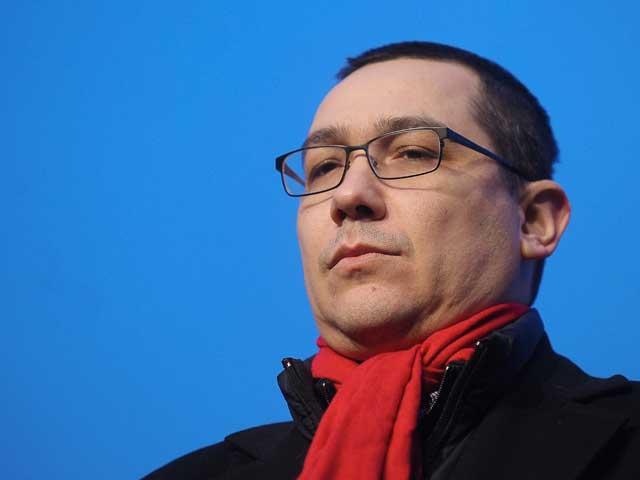
Ákos Kovács


Nu am reușit niciodată să descifrez misterul avocatului poporului de atâția ani. În orice fotografie are un ochi mai sus cu un cm decât altul. Probabil o subspecie căutată pentru carismă.

Péter Juhász

Kránitz Lajos


Dan Creimerman

Gesztesi Károly

Madonna




Gabriela Firea. Gabriela Firea normal nu intră la lista asta fiindcă e încă tânără însă face parte din aceeași specie.


Zénó Kárász

Νίκος Ζιάγκος


Sándor Técsy



Ákos Kovács


Nu am reușit niciodată să descifrez misterul avocatului poporului de atâția ani. În orice fotografie are un ochi mai sus cu un cm decât altul. Probabil o subspecie căutată pentru carismă.

Péter Juhász

Kránitz Lajos


Dan Creimerman

Gesztesi Károly

Madonna



Gabriela Firea. Gabriela Firea normal nu intră la lista asta fiindcă e încă tânără însă face parte din aceeași specie.







